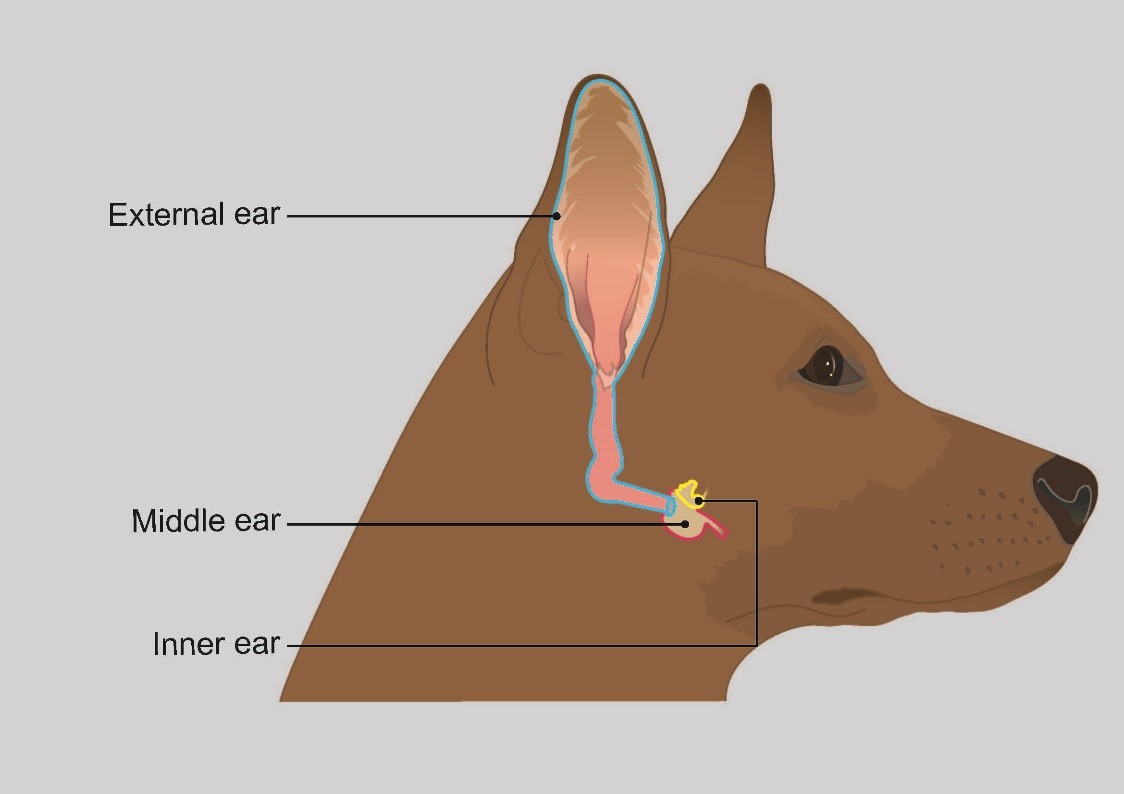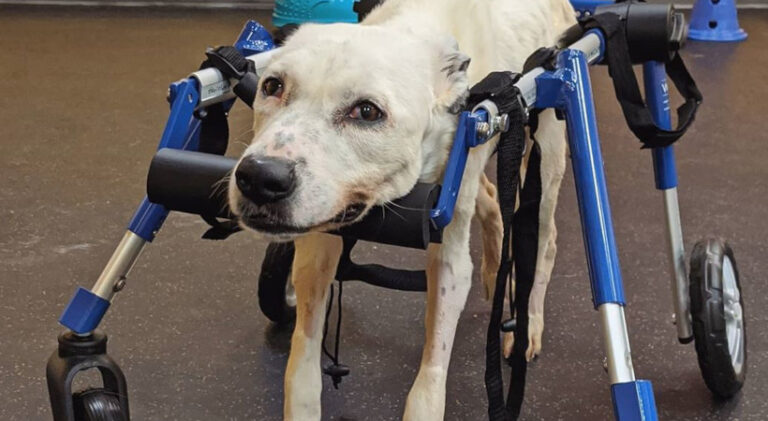Yes, dogs with vestibular disease can often recover with supportive care and treatment, and may not need to be put down. Vestibular disease in dogs can be alarming and severe, causing symptoms such as loss of balance, head tilt, and vomiting.
However, most dogs show improvement within a few days to weeks with proper care, medication, and physical therapy. While some severe cases may require euthanasia due to poor prognosis or suffering, it is important for pet owners to consult with a veterinarian to assess the individual circumstances and determine the best course of action for their dog’s well-being.
Understanding the options and prognosis for vestibular disease in dogs will help owners make informed decisions about their pet’s care.
Understanding Vestibular Disease
Vestibular disease in dogs is a condition that affects the dog’s balance and coordination, often leading to symptoms such as disorientation, head tilt, and difficulty standing. It is important to recognize the symptoms of this disease, which may include rapid eye movement, loss of appetite, and vomiting. Diagnosis is essential, as the condition can often be mistaken for a stroke or inner ear infection. Misconceptions about the disease can lead to unnecessary euthanasia. The vestibular system plays a crucial role in a dog’s balance and orientation, and understanding its function is key to managing the condition effectively.
Managing Canine Vestibular Episodes
Vestibular disease in dogs can be a distressing experience for both the pet and the owner. Short-term care during an acute episode involves keeping the dog comfortable and calm, providing support for standing and walking, and assisting with eating and drinking. Long-term management and lifestyle adaptations may be necessary to accommodate any lasting effects, such as head tilting or altered balance. It’s important to consider supportive therapies and treatments available, such as medications to alleviate symptoms, physical therapy to aid recovery, and dietary adjustments to promote overall wellbeing. Consulting with a veterinarian can provide valuable guidance on the best approach for each individual case.
Evaluating Quality Of Life
When evaluating the quality of life of a dog with vestibular disease, it is essential to consider assessing daily activities and enjoyment. Observation of the dog’s ability to engage in activities such as eating, drinking, walking, and playing can provide insights into their quality of life. Considering the dog’s age and overall health is crucial, as older dogs or those with underlying health conditions may have different resilience levels. Additionally, assessing the impact on the family and caregiver burden is important. This involves understanding the emotional and practical implications of caregiving for a dog with vestibular disease, as it can significantly affect the overall quality of life for both the dog and the family.
Treatment Vs. Euthanasia Debate
Vestibular disease in dogs can be a challenging condition for pet owners to navigate. The treatment vs. euthanasia debate often revolves around the potential for recovery and relapse rates, weighing medical, ethical, and financial considerations. Vets and dog owners both offer valuable perspectives on this issue, with proactive management and supportive care playing crucial roles in the decision-making process.
Finding Support And Making Decisions
Dealing with vestibular disease in dogs can be overwhelming for pet owners. When making decisions about end-of-life care, it’s crucial to seek professional guidance and consider seeking second opinions from veterinarians. Additionally, finding emotional support networks for dog owners can provide comfort and guidance throughout this challenging time. Preparing for the potential need for end-of-life care requires careful consideration and planning to ensure the best possible quality of life for the pet. By exploring these avenues, pet owners can navigate the difficult decisions related to managing vestibular disease in their beloved companions.

Credit: www.pdsa.org.uk
Frequently Asked Questions For Should You Put A Dog Down With Vestibular Disease
What Are The Symptoms Of Vestibular Disease In Dogs?
Vestibular disease in dogs can manifest as sudden loss of balance, head tilting, uncoordinated movement, and nausea. If you notice these symptoms in your pet, it’s crucial to seek immediate veterinary care for a proper diagnosis and treatment plan.
Can A Dog Recover From Vestibular Disease?
Yes, many dogs can recover from vestibular disease with proper care and treatment. While the road to recovery may vary for each pet, with supportive medication and therapy, most dogs can regain their balance and lead a fulfilling life after being diagnosed with this condition.
How Is Vestibular Disease In Dogs Diagnosed?
Veterinarians diagnose vestibular disease in dogs through a combination of physical examinations, neurological assessments, and possibly further testing such as blood work and imaging to rule out other potential causes of the symptoms. Seeking professional veterinary care is vital for an accurate diagnosis.
Conclusion
Making the decision to put a dog down with vestibular disease is often difficult. However, it’s essential to consider the dog’s quality of life and consult with a veterinarian for guidance. Understanding the condition and exploring treatment options can help pet owners make an informed choice for their furry companion.



